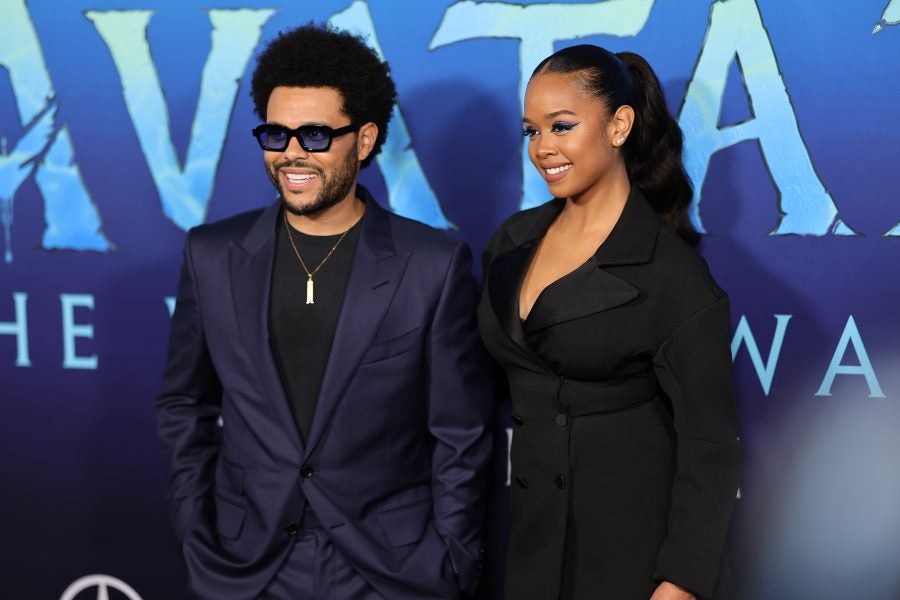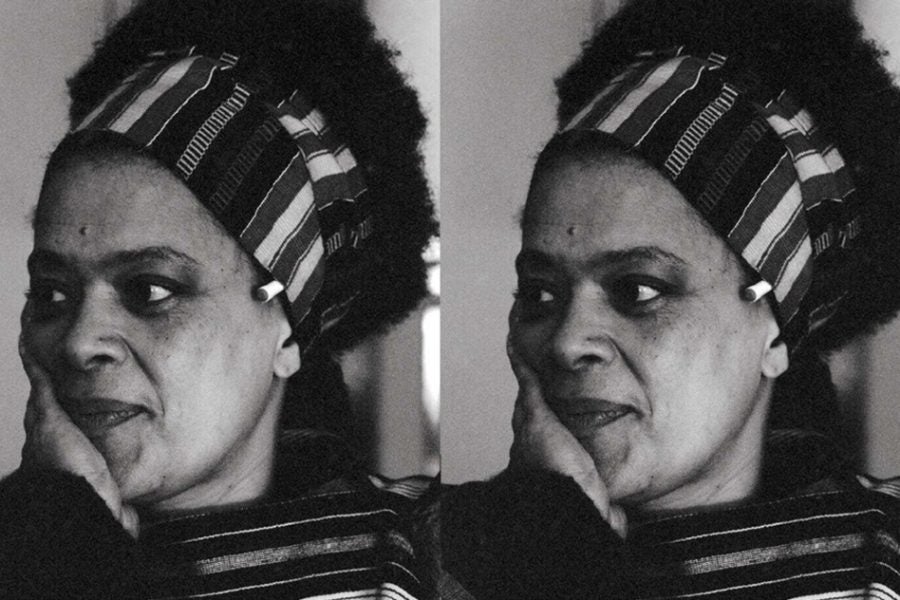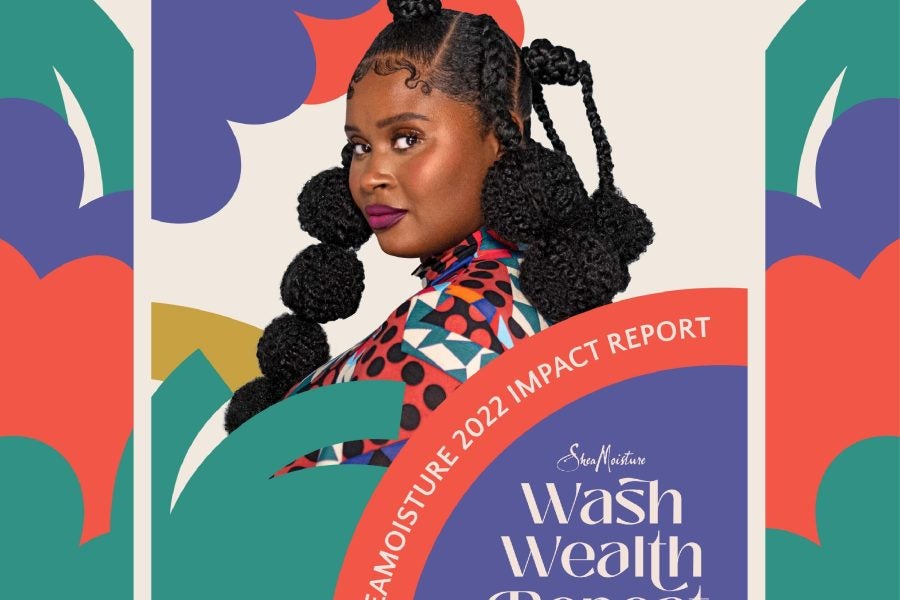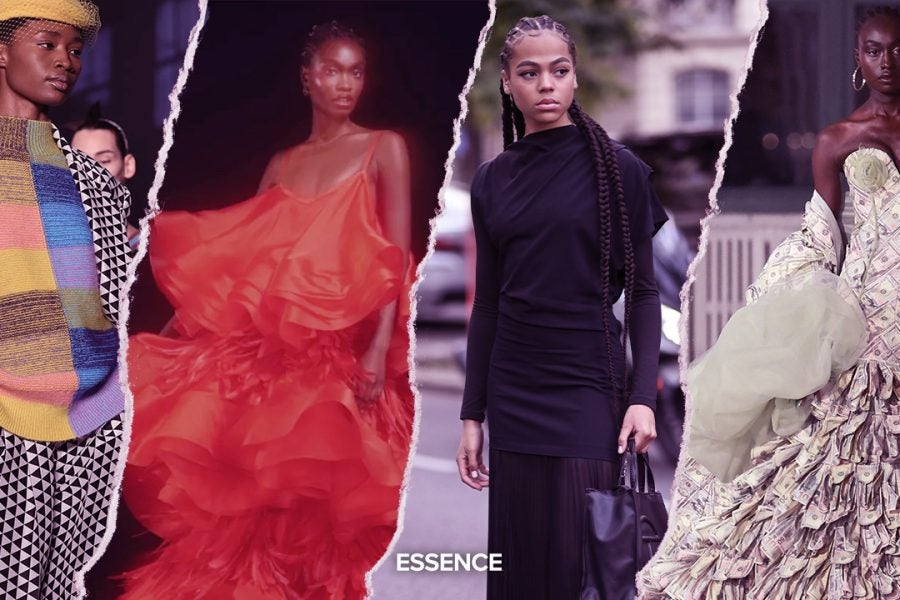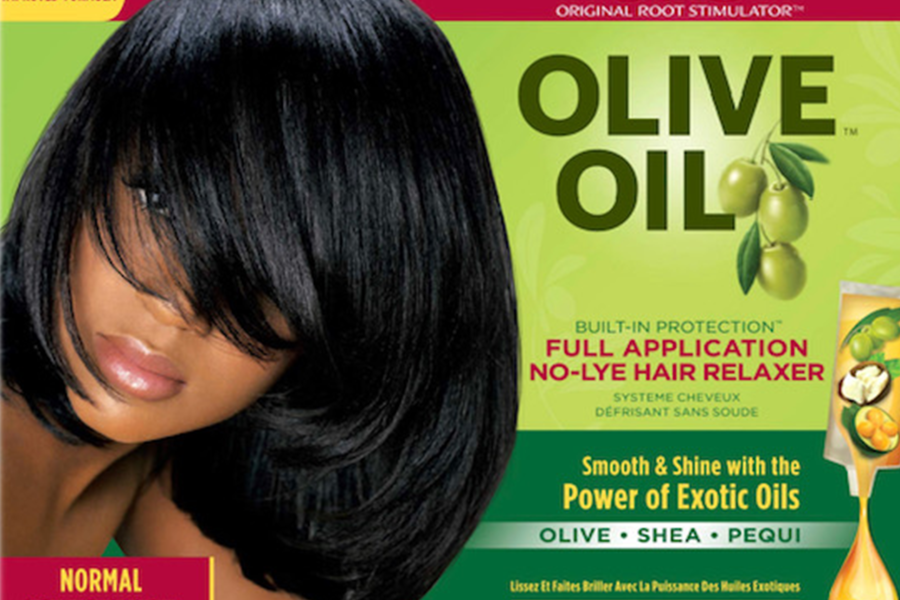
The shared nostalgic moment of walking down the beauty supply aisles past the hair rollers, the jars of Blue Magic, braiding hair, and barretts, but stopping in front of the boxes with all the pretty girls on the front. Their hair appearing so sleek, so perfect—no frizz or kinks in sight. You think of sitting between your mother’s legs for hours, her tugging and pulling at your curls, sitting under the dryer for what felt like an eternity. The sound of the stove sizzling with the hot comb resting on top. Then came the smell of burning hair perfuming the air. Just for you to look in the mirror with bumped ends and see your hair reverting to its coily form in real-time—we all wanted to be the girls on the perm boxes.
When Black girls’ hair was looked at in comparison to that of their white counterparts, it was disapproving. They were told their hair was distracting or unkempt. Mothers were struggling to manage not only their daughter’s crowns but also their own. This is why perms and texturizers have had such a significant impact on the Black hair community. It restored the confidence young Black girls and women had in themselves, minimized microaggressions, and removed a lot of frustration that comes with maintaining natural hair. The perm positivity though impactful, was short-lived as the natural hair movement came in and shook the table.
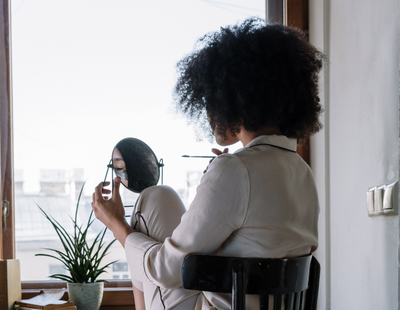
Conversations surrounding that perms could cause cancer and Black women were self-hating if they permed their hair made many perm advocates skeptical. On top of all the criticism directed at perms and texturizers, natural hair care brands were popping up left and right. Black women who had been avid perm users for years were big-chopping their hair and embracing their curls. It seemed like this was the end for perms, and everyone was embracing their natural hair. Then the pandemic happened.
Black women grew frustrated with their hair and all the rules of maintaining it. The dread of choosing between wash day or $400+ box braids had officially sent many naturals over the edge. Many are now opting for more permanent lower maintenance changes, such as locing or going back to perms. And they are doing it unapologetically.
With all the recent commotion surrounding perms and texturizers, it was a given that Twitter user @prettiestluxury’s tweet saying she wanted to be one of the faces on the perm box made sense. @AshTheDonLeon quoted the tweet wondering where the girls who had such a huge impact on black girls worldwide are now. And let’s just say their resurfacing broke the internet!
ESSENCE caught up with six of the iconic perm box girls on their experience with perms and the natural hair movement, the mark they have left on the black hair community, and their thoughts on the return of the creamy crack.
Shaun Smith for ORS Olive Oil Built-In Protection No-Lye Hair Relaxer
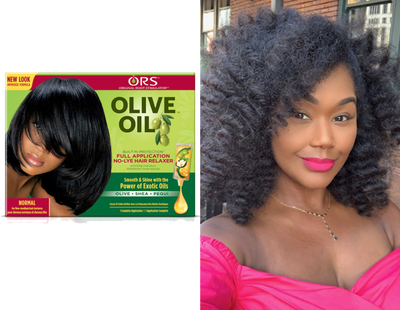
Shaun Smith may be one, if not the most recognizable girl on the perm box. Posed with a windswept bob, this photo lives rent-free in many black women’s minds. She was the first and original model for ORS Olive Oil Built-In Protection No-Lye Hair Relaxer. Though there have been follow-up campaigns, she has remained the most used stock photo for the brand for nearly 20 years. When asked if Smith had ever used the product, she said, “Yes. The company had a top stylist prep me the night before for the actual photoshoot. They were also at the shoot to ensure all the products were used. I used both the relaxer and olive oil.”
Unlike some of the other perm box girls, Smith was older when asked to be shot for the campaign. When asked about the effects of perming on her natural hair journey, she said, “My ad was from over 20 years ago, so relaxers were the “thing.” It wasn’t until 10-12 years ago that natural hair became acceptable and trendy. I’ve always believed in hair care, so at the time, I enjoyed being relaxed.” Though Smith enjoyed her time relaxed, she affirmed, “I would never ever go back to the creamy crack… I’ve learned to embrace my frizz, the bigger, the better. But I’ve also learned to manage my hair and plan for my wash days. I alternate between a few styles, and it works for me. I think the biggest thing for me is to be ok with not having every strand in place.”
Natalie Githu for Dark and Lovely, Beautiful Beginnings’
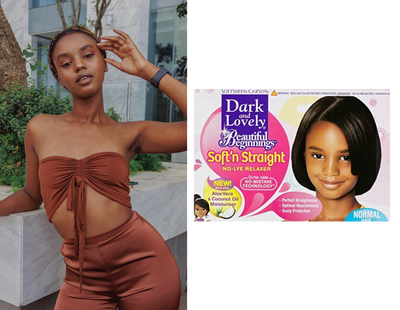
Now a film student in Johannesburg, Natalie Githu was only four years old when asked to model for Dark and Lovely, Beautiful Beginnings’. Her mother worked at L’Oreal when they were scouting for their next face and, of course, had to plug her daughter in. When asked if she ever got to test out the perm, she said, “I did. It was my favorite out of all the relaxers. It felt gentler than the others, and I preferred its smell.”
As both the face and user of the Dark and Lovely, Beautiful Beginnings’, Githu was upset to find through the viral Twitter thread that other brands were marting their perms with girls who didn’t even have them. “A lot of young girls looked at relaxer boxes as hair inspo and relaxed their hair, thinking that was the one way they were going to achieve that hairstyle when in fact, it wasn’t the case at all. It’s dangerous and dishonest marketing.” Githu has since started embracing her natural hair. “I stopped relaxing my hair in 2018. I fell in love with doing different styles of box braids, and I haven’t looked back since. I have found that my hair has grown out longer and is healthier now that my hair is completely natural.”
Sisters Aleah & Alexis Davis for Kids Organics Hair Softening System
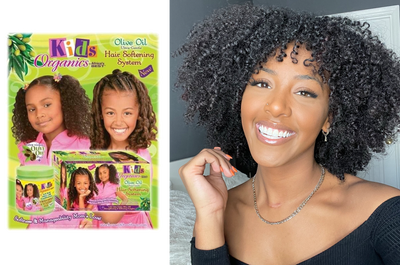
Sister duo Aleah and Alexis Davis were scouted for their texturizing boxes in 2008 at Chuck E Cheese. They were eight years old at the time and actually would use the Kids Organics Hair Softening System for many years after the original ad was completed. But as the Davis sisters grew up, they began to embrace their natural hair.
“Getting perms definitely affected my curls. On top of that, I was also constantly straightening my hair. Now that I’m older, I think curly hair is beautiful and should always be embraced,” Aleah states. “Perming stunted my natural hair journey, but at that age, I was willing to do whatever it took to have straight hair. It took a while for the perm to grow out, but once it did, I took it as an opportunity to train my natural hair…Since I have started embracing my natural hair, my confidence has grown so much…,” Alexis says.
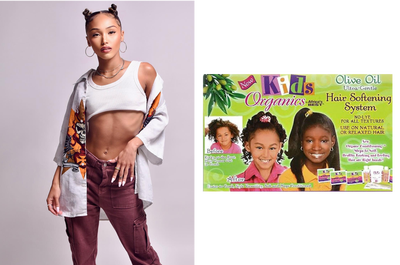
Both sisters are now finding creative ways to embrace and protect their natural hair from damage. Though the girls are thankful for their opportunity to be such an impactful representation in Black hair history, the choice to go natural has been more impactful on their personal lives. Alexis says now, as an adult, she never puts heat on her natural hair and prefers wearing wigs if she wants a straight look. Aleah says it has been a work in progress. “I learned how to train my hair by taking tips and tricks from various YouTube videos. Like everyone, I have bad hair days, but now I know how to manage my hair on the bad days!”
Diamond Brock for Just For Me Texture Softener
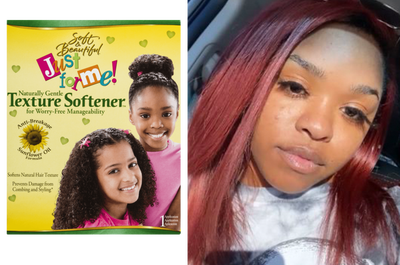
Diamond Brock’s mother started her modeling at just around five years old. Her agent selected her for the Just For Me casting call, and she was one of two girls chosen out of 30. Brock says she was blindsided at the shoot that they were planning to texturize her hair. When asked how she felt about some of the other perm box girls in the Twitter thread never having perms, she said, “Honestly, I’m happy for them! I personally wish I never had to put the perm in my head only because it altered the way that my hair reacted to when it was being done, and I ended up having to use it for 11 years after that simply because, at the time, there was no option of going back.”
“For me, having a perm really did ruin the relationship between me and my hair. I was six years old when I got my first perm, and I continued to use them until I was about 16/17 years old, so in all that time, I never got the chance to learn how to work with my natural hair, and now in my adulthood, I struggle with how to work with it….” Brock has since taken on the challenge of maintaining her natural hair. Though it hasn’t been easy, she says, getting the chance to reconnect with her Black hair history has given her the strength and confidence to embrace her curls. “I have my natural hair on a strict routine and keep a constant appointment at the hair salon,” Brock adds.
Brenna Damerson for Just For Me Texture Softener
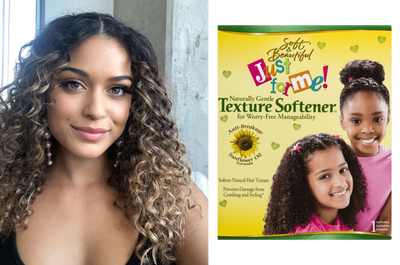
On the Just For Me Texture Softener box, alongside Diamond Brock, is Brenna Damerson. Damerson modeled throughout her childhood, and at age nine, she had the opportunity to be one of the faces of the Just For Me Hair Softener campaign. When asked as an adult how she felt about her contribution, Damerson said, “It’s a good feeling, my whole life, I have been in a constant battle accepting my natural hair. When I look at my younger self on the box, it gives me a sense of pride that even at that young age, I was able to be an advocate for other young girls who might be feeling the same and let them know that there are other people out there who look like them and face the same problems.”
Damerson did use the Just For Me Texture Softener for the campaign and after as she was gifted with a large supply. She also received a realistic doll styled similarly to the perm box cover. “That was the first doll I ever received that represented my skin tone and my hair. It was such an amazing feeling.” Though Damerson has never used a full perm, being biracial, she grew tired of using texturizers to loosen her curl pattern and decided to start her natural hair journey. “It’s a lot of trial and error with products, brushes, techniques, and so on to manage my natural hair, but it is a process I have fallen in love with, and I hope others who have faced the same challenges as myself will too,” affirms Damerson.



